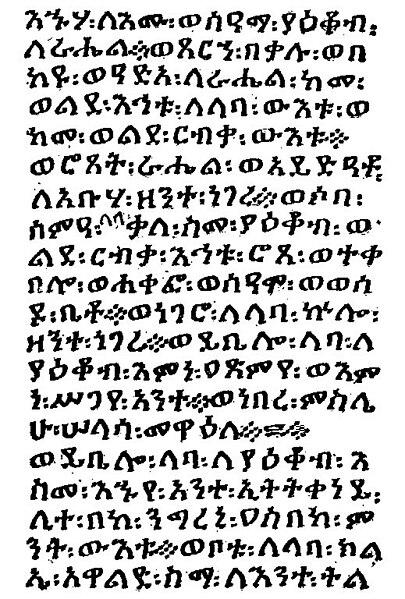The Gujarati script is an abugida for the Gujarati language, Kutchi language, and various other languages. It is one of the official scripts of the Indian Republic. It is a variant of the Devanagari script differentiated by the loss of the characteristic horizontal line running above the letters and by a number of modifications to some characters.
The standard Gujarati InScript bilingual keyboard layout to type Gujǎrātī Lipi in Windows OS based computers.
An abugida – sometimes also called alphasyllabary, neosyllabary, or pseudo-alphabet – is a segmental writing system in which consonant–vowel sequences are written as units; each unit is based on a consonant letter, and vowel notation is secondary, similar to a diacritical mark. This contrasts with a full alphabet, in which vowels have status equal to consonants, and with an abjad, in which vowel marking is absent, partial, or optional – in less formal contexts, all three types of the script may be termed "alphabets". The terms also contrast them with a syllabary, in which a single symbol denotes the combination of one consonant and one vowel.
A 19th-century manuscript in the Devanagari script
The Ge'ez script, an abugida of Eritrea and Ethiopia



